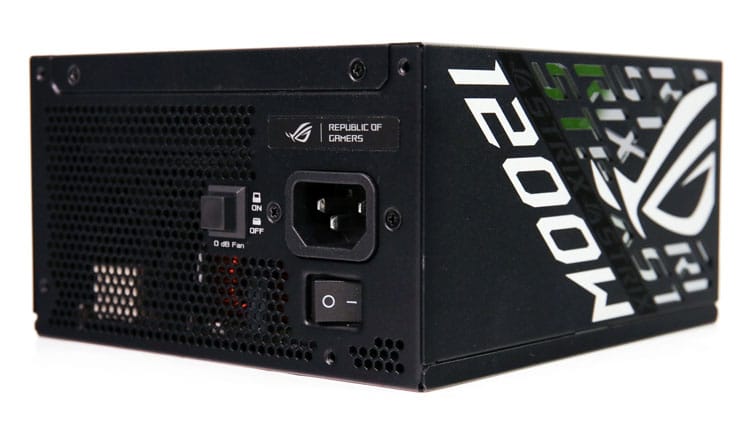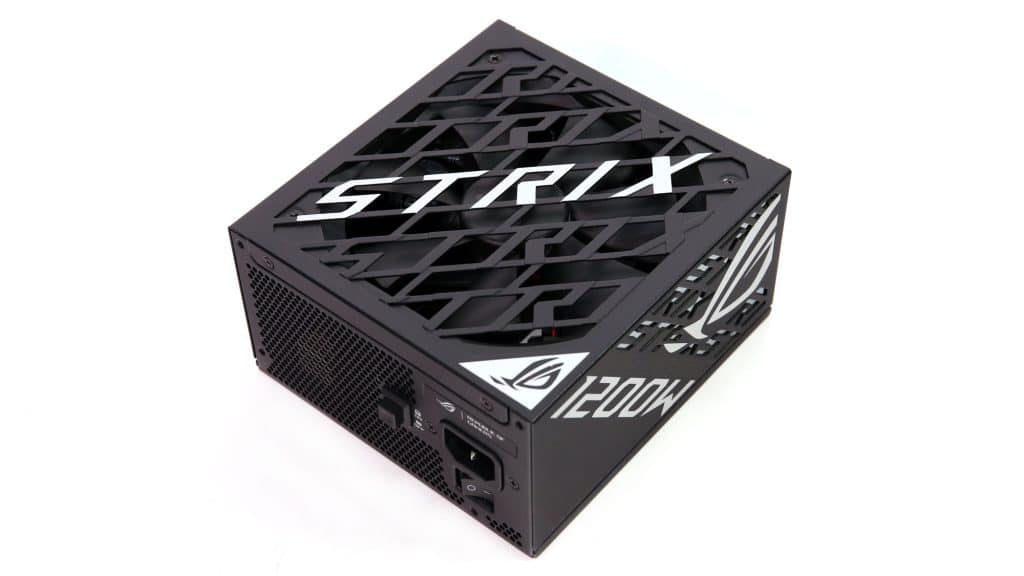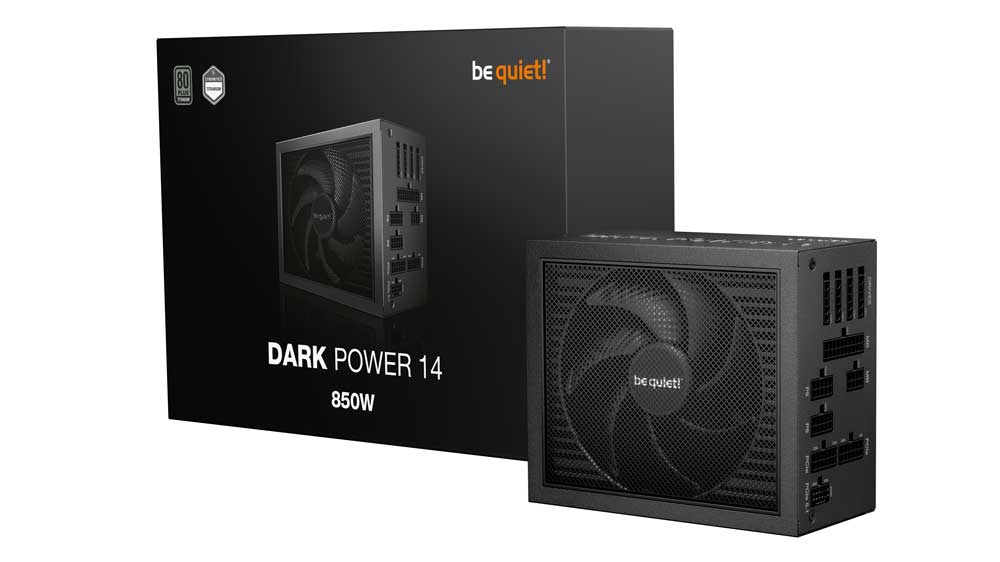The Asus Rog Strix 1200P GAMING is a high-end Platinum PSU, aiming to meet the Corsair HX1200i eye-to-eye in both performance and price. The OEM behind it is Great Wall, one of China’s largest PSU manufacturers, with next to unlimited resources, so it will be interesting to see how this unit fares against other popular products in this category.
The Asus Rog Strix 1200P GAMING is (or will be) included in my best ATX v3.x & PCIe 5.x PSU picks article.
Asus recently started working with Great Wall, one of the largest Chinese OEMs. Since it belongs to the Chinese government, it has enormous resources at its disposal. I expect a lot from the Rog Strix 1200P, which aims to compete with the Corsair HX1200i. This is an ATX v3.1 PSU with its 12+4 pin socket set at 600W max power, enough to support every current GPU and the upcoming NVIDIA RTX 5090. A 1200W PSU might be overkill for most users, but if you want to equip your system with a high-end CPU and have the money to get a high-end GPU, it will fully meet your power demands while providing enough headroom for possible future upgrades. No one knows what the future will bring since GPU power consumption increases with each new generation. This is good news, of course, for PSU manufacturers. Still, the fact is that electricity is super expensive in regions like Europe, and on top of that, we have to minimize our carbon footprint, and power-hungry IT parts don’t help in this.
Like the ROG Strix 1000P I reviewed a while ago, this unit uses GaN MODFETs instead of MOSFETs in the PSU’s APFC converter for lower energy losses and increased efficiency. Nonetheless, using these FETs only doesn’t necessarily increase efficiency since you have to utilize a suitable design with the appropriate controller. I noticed that Great Wall uses a plain Champion CM6502UHHX to control the APFC converter. To fully exploit GaN FETs, you must use a totem-pole PFC converter, which can deliver up to 99% efficiency compared to the 96% efficiency of the most advanced conventional APFC designs, which requires a compatible controller. So, I am unsure whether this Champion controller can exploit the GaN FETs; the test results will show this.
To learn about the GaN MODFETs and their advantages over the “plain” FETs, read the following review:
High-capacity ATX v3.1 PSU Reviews:
- Cooler Master GX III 1250W ATX v3.0 PSU Review
- MSI MAG A1250GL PCIE5 ATX v3.1 PSU Review
- Seasonic Prime TX-1300 ATX v3.0 PSU Review
- XPG Cybercore II 1300 Platinum PSU Review
- Cooler Master X Silent MAX Platinum 1300W: The Power Of Silence!
- Thermaltake Toughpower GF3 1350W ATX v3.0 PSU Review
- NZXT C1500 ATX v3.1 PSU Review
- Super Flower Leadex Titanium ATX v3.0 1600W PSU Review
- be quiet! Dark Power Pro 13 1600W PSU Review
- XPG Fusion 1600W Titanium PSU Review – Should Corsair Worry?
- Seasonic Prime PX-1600 ATX v3.0 PSU Review
- Seasonic Prime TX-1600 ATX v3.0 PSU Review
- Thermaltake Toughpower GF3 1650W ATX v3.0 PSU Review
- darkFlash UPMOST 1250W ATX v3.0 PSU Review
- Manufacturer (OEM): Great Wall
- Max Power: 1200W
- Cybenetics Efficiency: [115V] Cybenetics Platinum (89-91%), [230V] Cybenetics Platinum (91-93%)
- Noise: Cybenetics A (20-25 dB[A])
- Compliance: ATX v3.1, EPS 2.92
- Operating Temperature (Continuous Full Load): 0 – 50 °C
- Alternative Low Power Mode support: Yes
- Power 12V combined: 1200W
- Number of 12V rails: 1
- Power 5V + 3.3v: 130W
- Power 5VSB: 15W
- Cooling: 135mm Dual Ball Bearing Fan (F1214025BL)
- Semi-Passive Operation: ✓ (Selectable)
- Modular Design: Yes (Fully)
- High Power Connectors: 2x EPS (2x cables), 4x PCIe 6+2 pin (4x cables), 1x PCIe 12+4 pin (600W)
- Peripheral Connectors: 6x SATA (2x cables), 3x 4-pin Molex (1x cable)
- ATX Cable Length: 610mm
- EPS Cable Length: 1000mm
- 12+4 pin PCIe Cable Length: 745mm
- 6+2 pin PCIe Cable Length: 750mm
- Distance between SATA / 4-pin Molex: 120/150mm
- In-cable capacitors: No
- Dimensions (W x H x D): 150 mm x 85 mm x 160mm
- Weight: 1.86 kg (4.10 lb)
- Warranty: 10-years
- MSRP (excluding VAT): no info
Power Specifications
| Rail | 3.3V | 5V | 12V | 5VSB | -12V | |
| Max. Power | Amps | 25 | 25 | 100 | 3 | 0.3 |
| Watts | 130 | 1200 | 15 | 3.6 | ||
| Total Max. Power (W) | 1200 | |||||




@crmaris, what do you think of ASUS ROG Strix 1200W Gold Aura Edition? Is it worse than this one?
Why Asus says on their Website only PCIE 5.0 ready? Is there something missing?
Marketing didn’t get the memo 🙂
This one states PCIe 5.0 compliant, and on Nvidia’s website 5090 requires PCIe 5.1 compliance.
Will this PSU still be good for 5090?
it will be ok yes.
So Asus is going to release a rev. 2 of this PSU with updated fan?
Or you just going to be lucky to get one with better fan?
This is so sluggish of Asus.
I was really hoping this PSU would be the one I would buy, instead of the FSP hydro ti pro 1000w.
They installed new fans, after we found this issue.
actually this unit has the improved fan.
So with the new fan, do you recommend this over the FSP hydro ti pro 1000w in terms of pure silence?
Nope
I read that ball bearing fans become significantly louder over their lifespan, so they’re deceptive in terms of noise. Is that true? Also, I read that if they’re dropped they can be ruined, so they’re more delicate than FDB fans. It seems like a no-brainer to exclusively use FDB fans in high-end PSUs. Ball bearing fans appear to be able to produce more static pressure than other fan types but since FDB fans apparently can be used in low-noise PSUs, it seems that that advantage isn’t enough to outweight the drawbacks.
With not high quality DBB fans yes this can be the case.